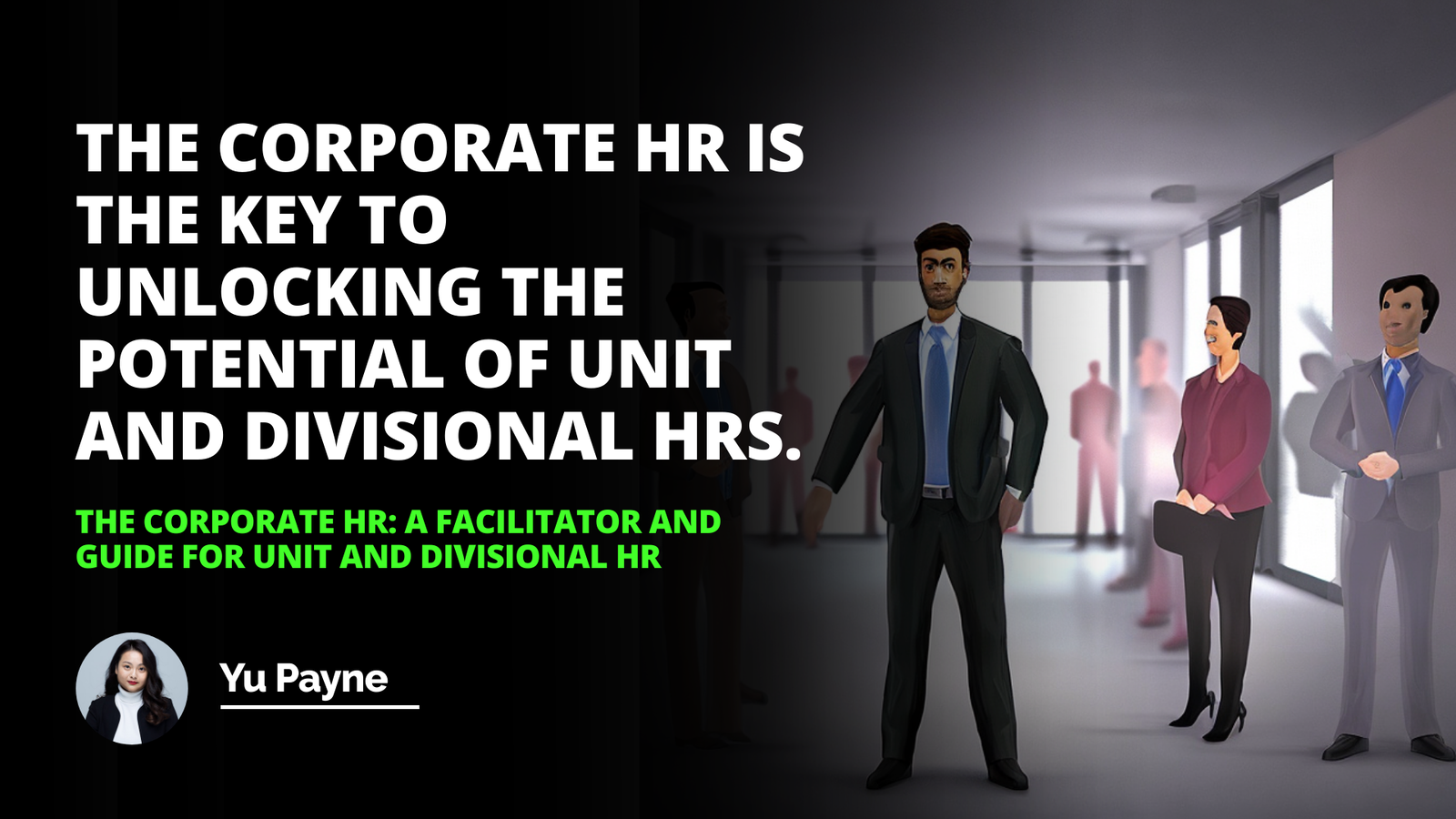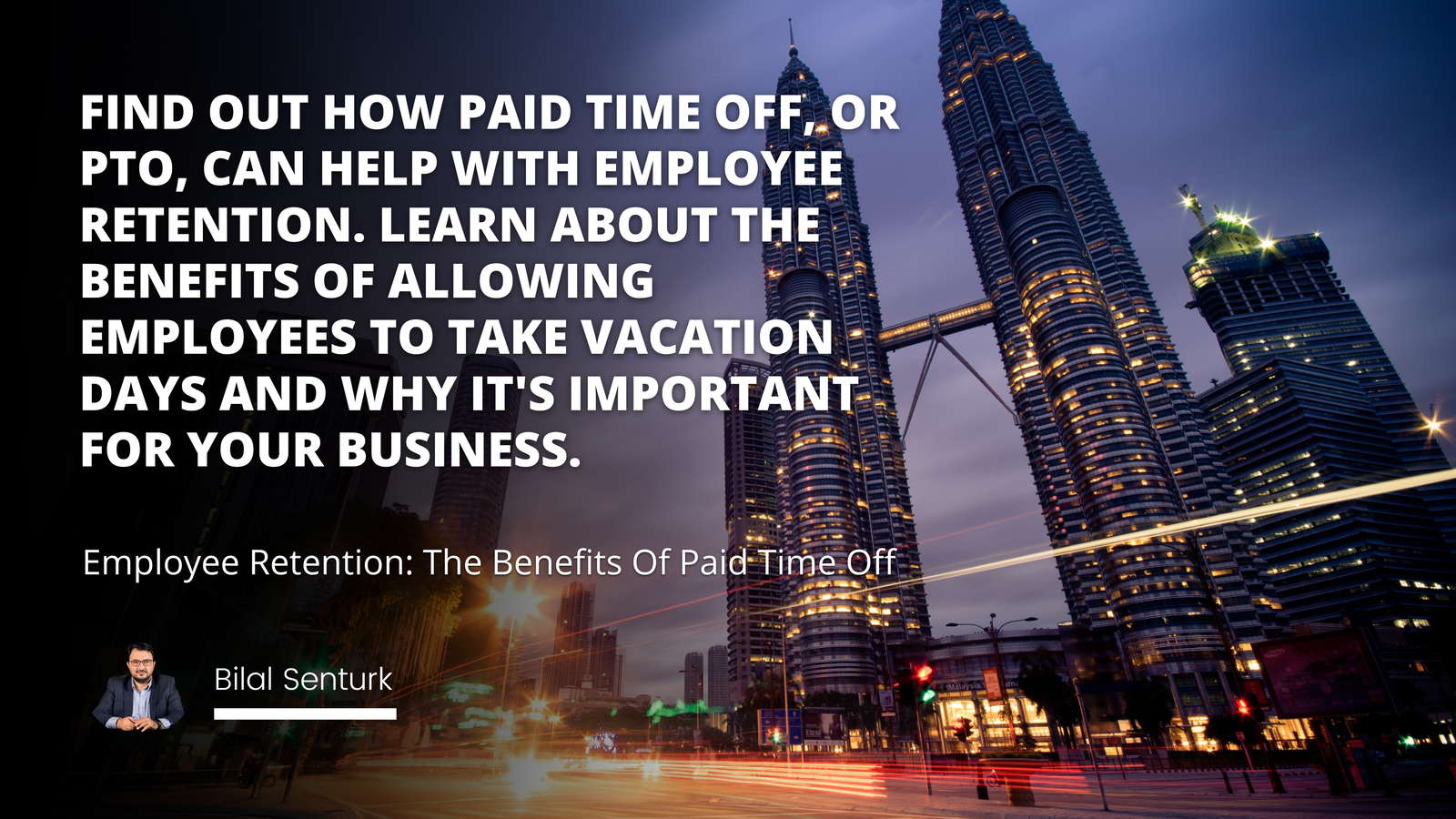
In today's ever-evolving business landscape, I've seen firsthand how HR incentives can transform not just individual careers but entire organizations. Imagine walking into an office where every team member is genuinely motivated, not just punching the clock but actively contributing to the company's mission. It's a place where incentives aren't just about bonuses but about recognizing the unique value each person brings to the table. This kind of environment doesn't just happen by accident—it's crafted through thoughtful human resource strategies that prioritize both the company's goals and the employees' well-being.
The Journey to Understanding HR Incentives
I remember when I first joined a small startup as part of the human resource team. We were a tight-knit group, but as we grew, it became clear that we needed a structured way to keep everyone engaged. That's when I delved deep into the world of HR incentives.
What Exactly Are HR Incentives?
At their core, HR incentives are programs designed to motivate and reward employees for their contributions. They can be monetary, like bonuses and raises, or non-monetary, such as professional development opportunities or public recognition. The goal is to align the employees' objectives with that of the organization, creating a win-win scenario where everyone is working towards common goals.
The Purpose: More Than Just Rewards
But incentives aren't just about the rewards themselves. They're about showing employees that their work is valued and that the company is invested in their personal and professional growth. This is where human rec (a colloquial term we used in the office for human recognition) plays a vital role. By acknowledging achievements, we underlined the importance of each team member's contribution, fostering a culture of appreciation.
Perfect Compensation And Benefits Package For Attracting And Retaining Top Talent
Employee Privacy Rights İn The Workplace Policies And Legal Aspects
Unlocking The Potential Of Corporate Hr Departments İn Recruitment And Employee Engagement.
The Dual Nature of Incentives: Intrinsic and Extrinsic
One afternoon, over a cup of coffee, a colleague shared how much she valued opportunities for professional growth over financial bonuses. This got me thinking about the intrinsic and extrinsic incentives and how different people are motivated by different factors.
Intrinsic Incentives: Feeding the Inner Drive
Intrinsic incentives are those that come from within. They include:
Personal growth opportunities: Like challenging projects that push one’s boundaries.
Job satisfaction: Feeling fulfilled by the work itself.
Autonomy: Having control over one's work and the freedom to innovate.
Extrinsic Incentives: External Motivators
Extrinsic incentives are external rewards, such as:
1- Monetary bonuses: Financial rewards for meeting certain targets.
2- Promotions: Advancement in position and responsibilities.
3- Public recognition: Awards or acknowledgments in front of peers.
Finding the right balance between these two types of incentives is crucial. It's not a one-size-fits-all situation, and human resources hr departments need to tailor their approaches accordingly.
The Role of HR in Crafting Effective Incentive Programs
In my experience, the human resource team is the architect behind these incentive programs. They need to understand not just the company's strategic goals but also the diverse needs of its employees.
Tapping into Employee Needs and Industry Trends
Staying updated with industry trends is essential. For instance, the rise of remote work has shifted what employees value. As a team, we started offering certificate courses online as part of our incentives, recognizing the growing importance of remote professional development.
Designing Balanced Programs
Creating a program involves several steps:
Assessing employee motivation: Surveys and feedback sessions can help understand what employees value.
Aligning with company goals: Ensuring that incentives support the company's strategic direction.
Implementing diverse incentives: Offering a mix of rewards to cater to different motivations.
Implementing and Communicating the Program
Communication is key. I recall a time when we launched a new incentive program without proper communication, leading to confusion and mistrust. We learned that:
Clear guidelines: Are necessary to avoid misunderstandings.
Regular updates: Keep everyone informed about their progress.
Open channels for feedback: Allow employees to voice their opinions and suggestions.
Real-world Examples: Successes and Lessons Learned
A Success Story: Boosting Morale and Productivity
At one company, we introduced a critical path method project management strategy as part of our incentives. Employees who mastered this strategy through training were recognized and rewarded. The results were phenomenal:
Increased efficiency: Projects were completed ahead of schedule.
Employee satisfaction: Team members felt valued for their new skills.
Competitive advantage: The company stood out in the market.
A Cautionary Tale: When Incentives Backfire
On the flip side, I've seen incentive programs fail due to poor planning. In one instance:
Lack of fairness: Rewards were given subjectively, leading to resentment.
Overemphasis on competition: Teamwork suffered as employees competed against each other.
Costly implementation: The program was expensive without delivering the expected ROI.
These experiences taught me the importance of hr management in meticulously planning and executing incentive programs.
Best Practices in Implementing Incentive Programs
Key Considerations
To ensure success:
Fairness and Transparency: Everyone should understand how the program works.
Alignment with Goals: Incentives should support both personal and organizational objectives.
Flexibility: Programs should evolve with changing needs.
Overcoming Challenges
Implementing incentive programs isn't without challenges:
Budget constraints: Balancing cost with potential benefits.
Measuring Impact: Quantifying the program's effectiveness.
Cultural Differences: In global companies, what's motivating in one culture might not be in another.
Looking Ahead: The Future of HR Incentives
As businesses continue to evolve, so too will the strategies around HR incentives. Embracing new technologies and methodologies, like integrating hrm management software, can provide deeper insights into what motivates employees.
Embracing Technology
Tools that analyze employee engagement can help tailor incentive programs more effectively. For example:
Data analytics: To track what incentives are most effective.
Gamification: Making achievement fun and engaging.
Online platforms: For learning and development opportunities.
Conclusion: The Heart of Human Resources
At the end of the day, human and resources is about connecting with people. Incentive programs are a powerful way to show employees that they are more than just a number—they are valued contributors to a shared mission. By investing in these programs, companies invest in their most valuable asset: their people.
References
Armstrong, M. (2014). Handbook of Human Resource Management Practice. Kogan Page.
Deci, E. L., & Ryan, R. M. (2000). Intrinsic and Extrinsic Motivations: Classic Definitions and New Directions. Academic Press.
Pfeffer, J. (1998). The Human Equation: Building Profits by Putting People First. Harvard Business School Press.
Herzberg, F. (2003). One More Time: How Do You Motivate Employees? Harvard Business Review.
Kaplan, R. S., & Norton, D. P. (2004). Strategy Maps: Converting Intangible Assets into Tangible Outcomes. Harvard Business School Press.
Note: This text incorporates long-tail keywords such as human resources hr, critical path method project management strategy, and hr management naturally within the content.
Frequently Asked Questions
What theories underpin our understanding of the relationship between HR incentives and employee motivation
Understanding the nexus between human resources (HR) incentives and employee motivation requires a deep dive into several influential theories. Researchers often explore this topic to optimize organizational performance through effective motivation strategies.
Expectancy Theory
Victor Vroom conceptualized Expectancy Theory. It posits that individuals will exert effort if they expect desirable outcomes. Employees would thus respond to incentives if they believe these incentives lead to valued rewards. Three key elements construct this relationship:
- Expectancy: The belief that effort begets performance.
- Instrumentality: The belief that performance leads to rewards.
- Valence: The value individuals place on the rewards.
An incentive must align with all three to motivate effectively.
Equity Theory
John Stacy Adams introduced Equity Theory, which focuses on fairness in the workplace. Employees evaluate their input-outcome ratios against others'. They seek fairness in these ratios. If discrepancies arise, employees may exhibit decreased motivation.
Equity Theory posits that HR incentives should promote fairness. Perceived inequity can demotivate, even destabilize a workforce.
Herzberg's Two-Factor Theory
Frederick Herzberg's framework separates motivating factors from hygiene factors. Motivating factors, like achievement and recognition, inspire employees to work harder. Hygiene factors, such as pay and work conditions, can prevent dissatisfaction but don't inherently motivate.
Incentives should thus address both hygiene and motivation for optimal effect.
Self-Determination Theory
Self-Determination Theory, by Edward L. Deci and Richard M. Ryan, emphasizes autonomy, competence, and relatedness as the main drivers of intrinsic motivation. Incentives should support these psychological needs to encourage self-motivated behaviors.
Under this framework, incentives that undermine autonomy may even hurt motivation.
Social Exchange Theory
Social Exchange Theory suggests relationships are built on mutual exchange. Employees offer their labor in exchange for fair compensation and treatment. They expect a balanced exchange from their employer.
HR incentives can signal a company's commitment to a fair exchange, boosting motivation.
Goal-Setting Theory
Edwin Locke proposed Goal-Setting Theory. It argues specific, challenging goals increase performance. Clear goals motivate people. Feedback enhances this effect.
HR incentives can include goal achievement rewards to leverage this motivational theory.
Reinforcement Theory
Behaviorist B.F. Skinner developed Reinforcement Theory. It suggests behavior follows rewards or punishment. Positive reinforcement can thus strengthen desired behaviors via incentives.
Appropriate rewards can directly shape employees' motivation and increase sought-after behaviors.
Cognitive Evaluation Theory
Cognitive Evaluation Theory, an extension of Self-Determination Theory, investigates intrinsic and extrinsic motivators' interplay. Intrinsically motivated behaviors can diminish if extrinsic incentives are perceived as controlling.
HR incentives should complement intrinsic motivation, not supplant it.
In conclusion, HR incentives are most effective when they resonate with the complex dimensions of employee motivation. The theories highlighted provide a roadmap for designing incentives that can inspire and sustain a motivated workforce. Organizations must carefully implement incentive systems that harness these psychological principles while considering the diversity of their employees' motivations.

How can different types of HR incentives influence employee retention rates
Understanding HR Incentives and Employee Retention
Human Resources (HR) incentives comprise various strategies. These aim to motivate and retain employees. They come in forms like monetary rewards, benefits, or opportunities for growth. Different incentives appeal to different individuals. A well-rounded approach often works best.
Monetary Incentives
Salary increases are straightforward. They motivate through direct financial gain. Bonuses work similarly. They reward for specific achievements. Profit-sharing translates company success into personal gain for employees.
Stock options link employees to the company's performance. This creates a vested interest in organizational success. This long-term incentive encourages employees to stay and contribute to growth.
Non-Monetary Incentives
Benefits play a critical role. Health insurance offers security. Retirement plans promise future financial stability. Flexible work schedules provide work-life balance.
Personal development opportunities are key for career growth. Training programs signal an investment in an employee's future. They foster loyalty. Education assistance can tie an employee to the organization for a longer period.
Work Environment Incentives
Positive work culture cannot be overstated. A supportive environment promotes employee satisfaction. Recognition programs acknowledge contributions publicly. This encourages continued excellence.
Team-building activities enhance camaraderie. Strong relationships among colleagues can increase retention. They improve overall work atmosphere.
Customized Incentives
Tailored incentives meet individual needs. They require understanding each employee's motivations. Personalized approaches show employees they are valued. Flexible and adaptive incentives can be more effective.
The Link Between Incentives and Retention
Incentives address key motivators behind job satisfaction. Fair compensation is necessary. Yet, it is not sufficient alone. A holistic approach integrating different incentive types often works best. This mix can meet diverse employee needs.
Well-structured incentive programs can curtail turnover. They make employees think twice before leaving. Incentive strategies should align with organizational goals. They should reflect the values of the company.
Strategic implementation is essential. Organizations must communicate the value of these incentives effectively. Employees should understand how these incentives contribute to their professional and personal lives.
Conclusion
Different incentives impact retention in various ways. They can make the difference in an employee's decision to stay or leave. Effective incentive programs are comprehensive, fair, and align with company culture. Organizations that master this can maintain a competitive edge through their people.

What factors should be considered when designing HR incentive strategies for the purpose of enhancing both employee motivation and retention?
Incentive Strategies for Employee Motivation and Retention
Understanding Employee Needs
A key factor lies in understanding what drives employees. Different individuals value different things. Some seek recognition, others desire financial rewards, and many crave opportunities for personal growth. An effective incentive strategy must relate to these varied motivators. It should align with not just the organizational goals but also employees' personal aspirations.
Aligning Incentives with Company Goals
Incentives must support the company's objectives. This ensures that employees work towards goals that benefit both themselves and the organization. When these do not align, incentives may push employees in the wrong direction. This misalignment can cause long-term harm to the company's health.
Offering Varied Reward Types
People react differently to various forms of rewards. It's critical to offer a mix of incentives. These can range from monetary bonuses to extra time off. Also, consider professional development opportunities or public recognition. A diverse approach covers the different ways people feel valued.
Tailoring to Individual Roles
Each role within an organization may require specific motivators. Sales positions might respond well to commission-based incentives. Meanwhile, creative roles might prefer more autonomy over their projects. Tailor incentives to the demands and expectations of different positions.
Communicating Effectively
Transparency in the incentive structure is crucial. Everyone must understand what they need to achieve. They should also know what their rewards will be. Clear communication prevents confusion and disillusionment. It ensures that the incentive system is fair and transparent.
Monitoring and Adapting
Change is constant in business environments. Thus, regular reviews of the incentive strategy are necessary. Gather feedback from employees. Analyze the effectiveness of different incentives. Adapt according to what works and what doesn't.
Building a Culture of Recognition
Creating a culture that celebrates achievements can have a profound impact. It isn't just about the big wins. Recognizing the small victories encourages ongoing engagement. This sense of feeling valued can bolster motivation significantly.
Considering Intrinsic Motivation
While extrinsic rewards are common, intrinsic motivation is powerful. Offer work that is inherently satisfying. This can mean challenging but achievable tasks. It may also involve roles that align with employees' values and interests.
Focusing on Work-Life Balance
Employees value their time outside of work. Incentives that acknowledge this can be very effective. These might include flexible working hours or the option to work remotely.
Prioritizing Equity and Fairness
Fairness in incentive programs is non-negotiable. Rewards must be based on objective criteria. They should also be accessible to all eligible employees. Perceptions of favoritism or bias can destroy motivation and drive talent away.
Encouraging Collaboration
Incentives should not always be about individual achievements. They can also foster teamwork and collaboration. Rewards for group accomplishments build a sense of community.
Legal and Ethical Considerations
Comply with legal standards when creating incentive plans. Ensure they meet all regulatory requirements. Additionally, consider the ethical implications of your incentives. Avoid motivating employees to engage in any behavior that could harm the organization or its stakeholders.
Designing HR incentive strategies requires a thoughtful approach. Consider what motivates your employees. Ensure incentives are diverse, role-specific, and adaptable. Communicate clearly. Praise achievements. Provide satisfying work and respect work-life balance. Ensure fairness and encourage collaboration. Above all, stay compliant and ethical. With these considerations in mind, you can craft powerful strategies that enhance motivation and retention.



